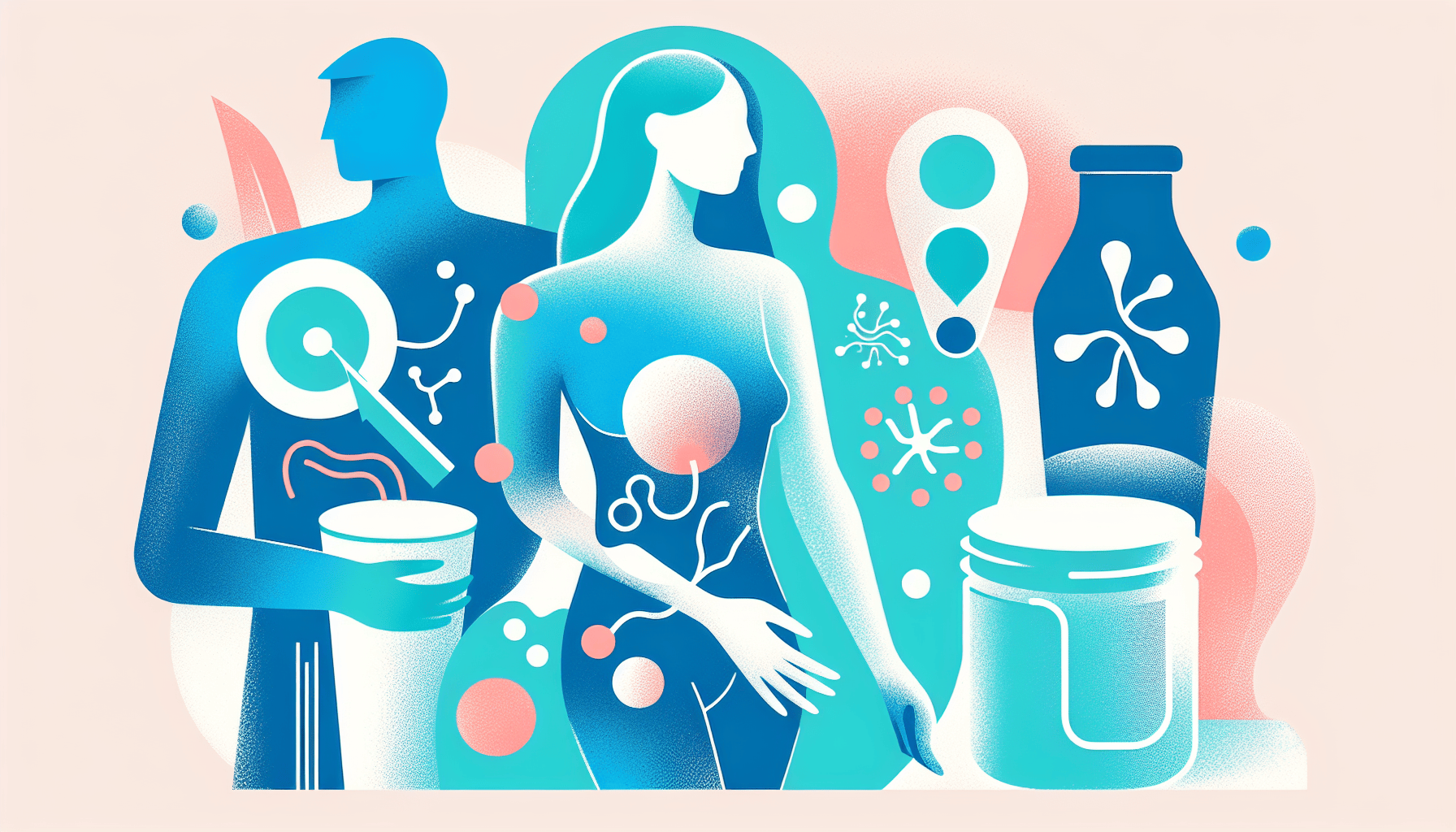Can I Take Zepbound a Day Early?
Key TakeawaysZepbound is a once-weekly injectable medication for weight management and obstructive sleep apnea (OSA) linked to obesity.Taking Zepbound a day early is [...]
Read More
Medically reviewed by Abhijit Bhattacharyya | MD, PhD, MBA, Tufts University School of Medicine - Miami, Florida on May 16th, 2023.
Lactose intolerance is a common digestive condition that affects millions of Americans. If you have difficulty digesting milk and dairy products, you may be lactose intolerant. While the condition is not harmful, it can cause discomfort and embarrassment. In this article, we'll explore the causes, symptoms, and treatment options for lactose intolerance.
Lactose is the sugar found in milk and dairy products. Our bodies produce an enzyme called lactase, which breaks down lactose so we can absorb it into our bodies. However, people with lactose intolerance don't produce enough lactase, leading to digestive issues when they consume dairy.
The main cause of lactose intolerance is a deficiency in lactase production. There are several types of lactose intolerance:
Primary lactose intolerance: The most common type, occurring when lactase production gradually decreases with age.
Secondary lactose intolerance: Caused by an illness or injury affecting the small intestine, such as Crohn's disease or celiac disease.
Congenital lactose intolerance: A rare genetic condition present from birth.
Developmental lactose intolerance: Affecting premature babies whose digestive systems are not fully developed.

Symptoms of lactose intolerance may take hours to appear after consuming dairy and can include:
Bloating
Gas
Nausea and vomiting
Stomach cramps and pain
Diarrhea
If you suspect you have lactose intolerance, your doctor can perform tests to confirm the diagnosis, such as:
Breath test
Blood test
Stool acidity test (for children and infants)
Genetic test
While there is no cure for lactose intolerance, there are several ways to manage the condition:
Limit dairy intake: Experiment to find out how much lactose you can tolerate without symptoms.
Choose lactose-free alternatives: Many lactose-free dairy products and milk alternatives are available, such as soy milk, almond milk, and lactose-free milk.
Take lactase supplements: Over-the-counter supplements like Lactaid can help break down lactose when consuming dairy.
Ensure a balanced diet: If you eliminate dairy, make sure to get enough calcium and vitamin D from other sources, such as leafy greens, fortified foods, and supplements.
If you experience symptoms of lactose intolerance, consult your doctor for proper diagnosis and treatment. With the right management strategies, you can minimize discomfort and maintain a healthy, balanced diet.
Key TakeawaysZepbound is a once-weekly injectable medication for weight management and obstructive sleep apnea (OSA) linked to obesity.Taking Zepbound a day early is [...]
Read MoreKey TakeawaysZepbound is an FDA-approved medication for chronic weight management in adults with obesity or overweight, and for moderate to severe obstructive sleep apnea [...]
Read MoreKey TakeawaysZepbound is a once-weekly injectable medication that supports weight loss by activating hormone pathways regulating appetite and digestion.After the first dose, [...]
Read More